This essay I’ve reposted below is geared toward academics, but the points raised are so pertinent to civil discourse in general, I am keen to share it with anyone who writes or discusses ideas or is interested in what counts as knowledge (so, just about anyone, right?!).
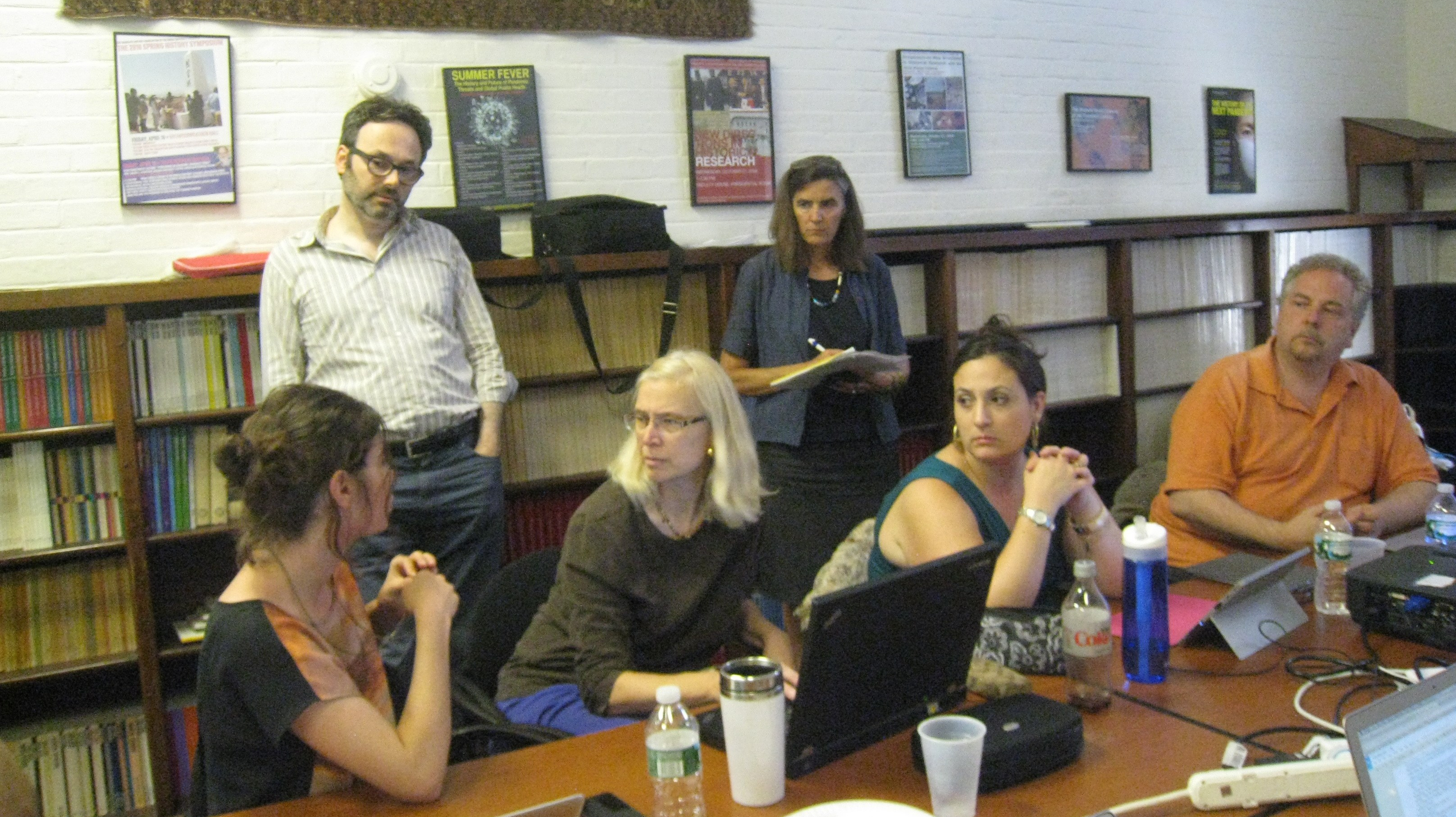
Photo is of the first translation group, 2014, for the Making and Knowing Project – I loved working with these generous, collegial, and intelligent collaborators (standing in back are Marc Smith, École des chartes, and Pamela H. Smith, Columbia University/Project founder).
Scholarship as collaboration: Towards a generous rhetoric
By Anthony Paré
Anthony Paré is a Professor at the University of British Columbia. He’s also an inspiring researcher who took a lead in researching doctoral writing, with wise articles based on practice as well as data.
Who is the speaker of academic texts? What is their relationship to readers? With what authority and conviction do they speak? Is their task to contest, criticize, and rebuke, or is it to cooperate, assist, and collaborate? In scholarly practice, and in the training of students, is academic discourse regarded as a field of combat, where opponents’ positions are attacked and one’s own arguments advanced triumphantly? Or do we approach academic writing as a fundamentally social act through which understanding and knowing are built collectively?
Since I believe that knowledge-making is a social enterprise that depends on collaborative work, these are questions I’ve frequently considered over many years of teaching and studying writing, and they were the questions I addressed in my presentation at the recent International Academic Identities Conference in Hiroshima, Japan. The Conference theme was The Peaceful University: Aspirations for academic futures – compassion, generosity, imagination, and creation, a powerful and poignant theme in a city that experienced such horrendous violence in August, 1945. In this blog entry, I offer the written version of that talk.
My concern can be stated bluntly: underlying much academic discourse is a form of rhetorical violence that can diminish, erase, distort, and even destroy members of our own disciplinary communities. It is an aggression that has deep roots in the medieval academy, according to Walter Ong (1981), and the competitive scholarship that was born there. It is a type of rhetoric that pits individuals against each other and ignores the fact that knowledge is made collectively.
I have struggled with a combative style in my own and my students’ writing, and was pleased years ago to find a scholarly critique of rhetorical aggression in a wonderful paper by Jane Tompkins (1984). She was also blunt: “Violence takes place in the conference rooms at scholarly meetings and in the pages of professional journals…. This bloodless kind of violence that takes place in our profession is not committed by other people; it’s practiced at some time or other by virtually everyone” (p. 589). Moreover, the hostility is not reserved for particular scholarly communities: “At the heart of the literary critical enterprise seems to be competition, not collaboration…. the survival of the fittest theory or fittest scholar,” writes Frey (1990, 512); and of another field of inquiry, Fleischman writes this: “Scientific discourse is by nature contestatory: arguments and hypotheses are put forth, demolished, and replaced in the ongoing process of advancing knowledge” (1998, 981). (For a thorough criticism of this “agonism” in academic discourse, I recommend Deborah Tannen’s 2002 article; see also Belcher, 1997.)
There are a number of common ways in which this aggression is manifest. Perhaps the most obvious is our attitude towards other scholars’ statements when citing them; for example:
- outright attacks: “X foolishly claims…”;
- dismissals: “X gets this wrong”;
- implied dismissals: “X would have us believe…”;
- faint or condescending praise: “X gets this partly right.”
Of course, one of the most violent acts in this regard is the failure to cite a perceived rival, resulting in the complete erasure of that scholar from the conversation. Citations make transparent the complex process of collaborative intellectual effort that underpins all scholarship.
Another strategy that diminishes or marginalizes supposed competitors is labelling them or identifying them with unpopular or discredited positions: “As a positivist (or cognitivist or postmodernist, etc.), X argues…” This technique relies on the profoundly tribal nature of scholarship (Becher & Trowler, 2001), where the failure to adopt currently fashionable theories, or the nerve of approaching an issue from a different perspective, can lead to a form of excommunication.
A third and deeply pernicious form of violence is often referred to as the “straw man argument,” which is the flimsy, partial, or inaccurate account of another scholar’s position in order to dismember it with ease. The purpose is to diminish the other in order to advance one’s own argument. The tactic is tempting, simple, widespread, and insidious.
Another act of intellectual and rhetorical violence is the epistemological sleight of hand that removes knowledge from the knower and presents it as beyond human taint and therefore unassailable. This is most often seen in those constructions that erase the knowing person (e.g., “It is well known that…”; “Data revealed…”; “The inescapable conclusion is…”). Fleischman (1998) says this about the erasure: “the subject is banished, the author disappears, the experiencing self is sealed off from the experienced world…. And this presupposition underwrites the notion that the particularities of any given knower are irrelevant to the report of knowledge, which licenses the eclipse of the producer of that report, the writer” (979).
What practical strategies might we employ in our writing to counter aggressive rhetoric? A general attitude of humility and a recognition that all knowledge is provisional is a good start. Such an attitude would lead us to temper our own declarations – that is, hedge (i.e., soften) our claims rather than boosting (i.e., exaggerating) them (Hyland, 2004) – and to treat others’ claims with greater respect. Disagreement doesn’t require dismissal or personal attack. In fact, by identifying common ground through a simple acknowledgement of those aspects of another’s argument with which we agree, we point to the collaborative nature of knowledge-making. Finally, a statement of positionality – that is, an explanation of one’s stance or attitude towards the topic under consideration – acknowledges the social construction of knowledge and honours multiplicity and difference.
A civil and generous academic rhetoric doesn’t mean a loss of passion or vigour. Progress in thinking and knowing depends on strenuous discussion, but disagreement needn’t mean disrespect. I leave the final words to Tannen (2002): “I am suggesting that understanding, knowledge, and insight come not only from oppositional debate but also from exploring complexity, culling insight from disparate sources, seeking connections—and that these types of inquiry are discouraged by our agonistic ideology and conventions” (1667).
References
Becher, T. & Trowler, P. (2001). Academic Tribes and Territories: intellectual enquiry and the cultures of disciplines (2nd edition). Buckingham: Open University Press/SRHE.
Belcher, D.D. (1997). An argument for nonadverserial argumentation. Journal of Second Language Writing, 6 (1): 1-21.
Fleischman, S. (1998). Gender, the personal, and the voice of scholarship: a viewpoint. Signs: Journal of Women in Culture and Society, 23: 976–1016.
Hyland, K. (2004). Disciplinary discourses: Social interactions in academic writing. Ann Arbor, MI: U of Michigan Press.
Ong, W. (1981). Fighting for life: Contest, sexuality, and consciousness. Cornell University Press.
Tannen, D. (2002). Agonism in academic discourse. Journal of Pragmatics, 34: 1651-1669.
Tompkins, J. (1988). Fighting words: Unlearning to write the critical essay. Georgia Review, 42: 585-90.
Link to original post is here: https://doctoralwriting.wordpress.com/2019/02/04/scholarship-as-collaboration-towards-a-generous-rhetoric/

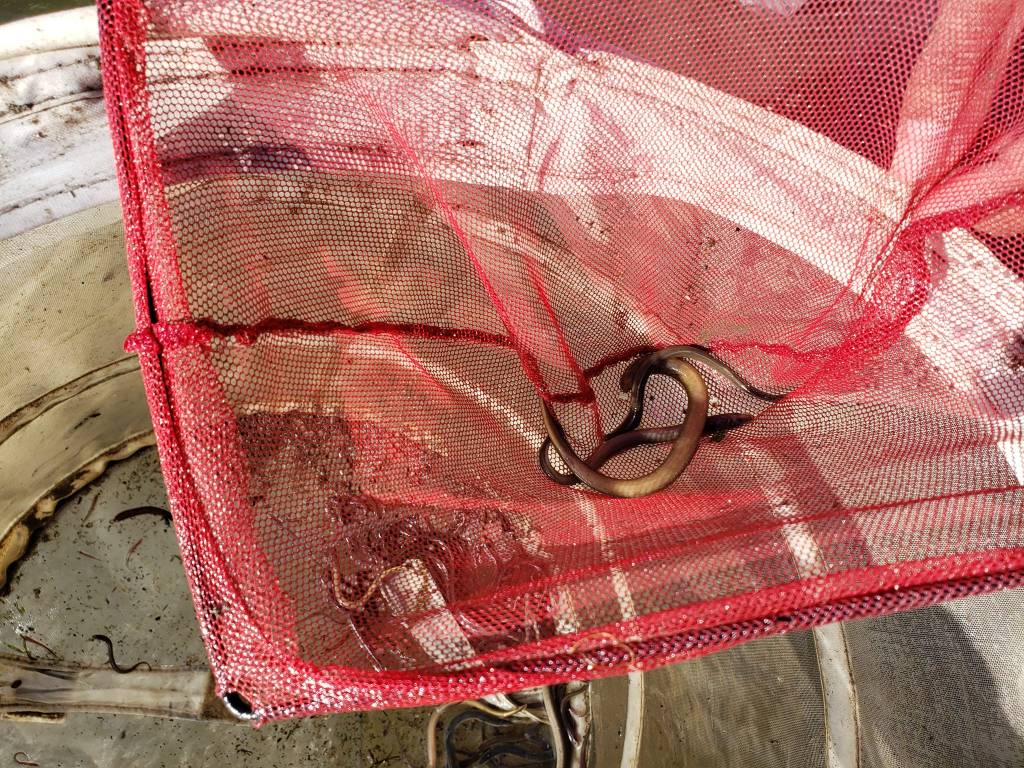



 The word “Liberal” in Liberal Studies is from the Latin “Liberalis” which has a similar root as “Liberty.” In the Ancient Greek and Roman world, a liberal education was reserved for free men – not slaves, not women. Such an education is concerned not only with broadening the mind, but also with strengthening one’s moral compass. For the things one chooses to do – those acts of courage and kindness that are not required – are proof of one’s freedom. The kind of education a free person needs to become an authentic, fully-formed person is an education beyond technical skills and professional training to encompass the experience of the whole person. In short, it is not just preparation for a job but preparation for a life well-lived.
The word “Liberal” in Liberal Studies is from the Latin “Liberalis” which has a similar root as “Liberty.” In the Ancient Greek and Roman world, a liberal education was reserved for free men – not slaves, not women. Such an education is concerned not only with broadening the mind, but also with strengthening one’s moral compass. For the things one chooses to do – those acts of courage and kindness that are not required – are proof of one’s freedom. The kind of education a free person needs to become an authentic, fully-formed person is an education beyond technical skills and professional training to encompass the experience of the whole person. In short, it is not just preparation for a job but preparation for a life well-lived.

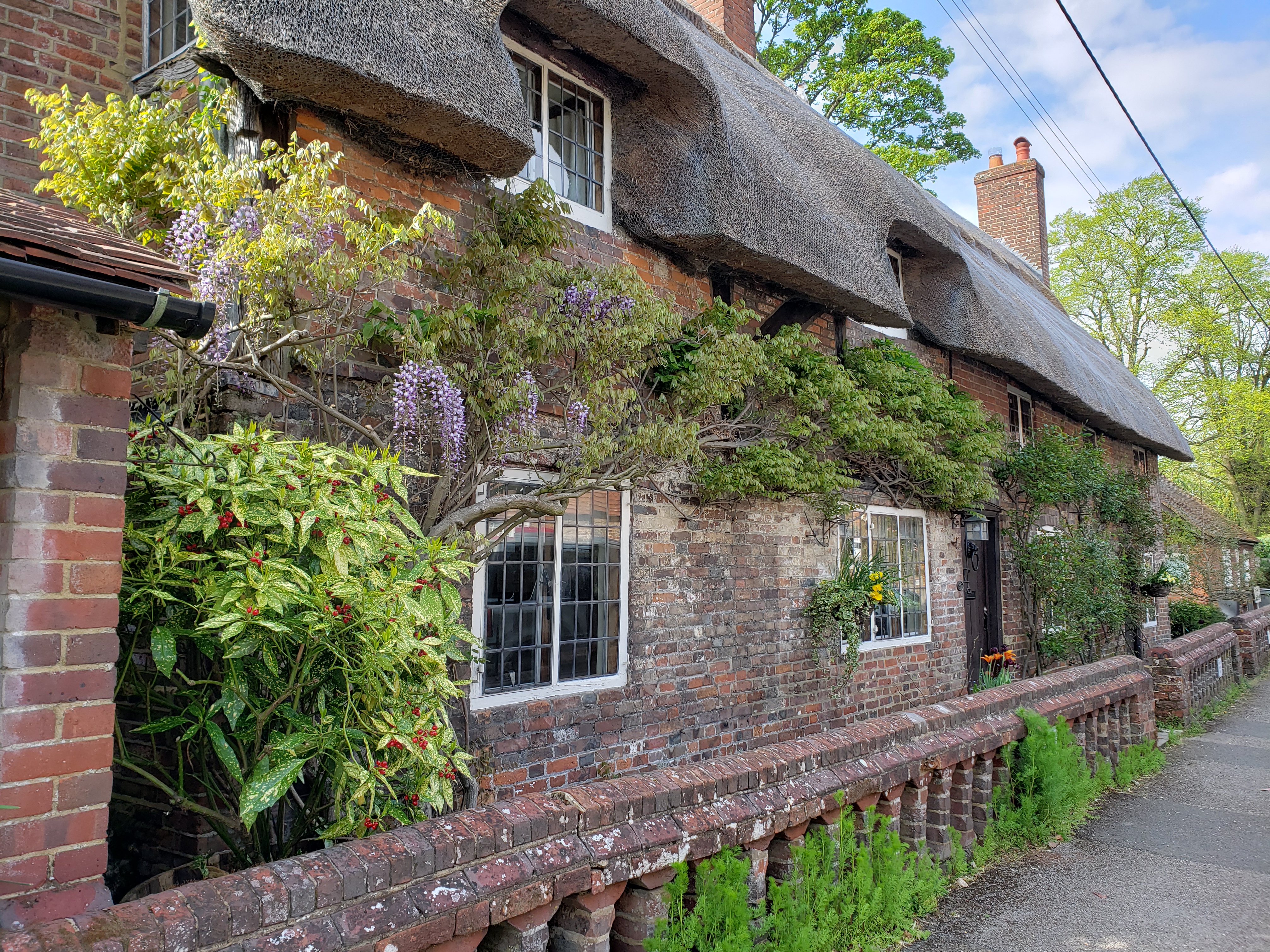



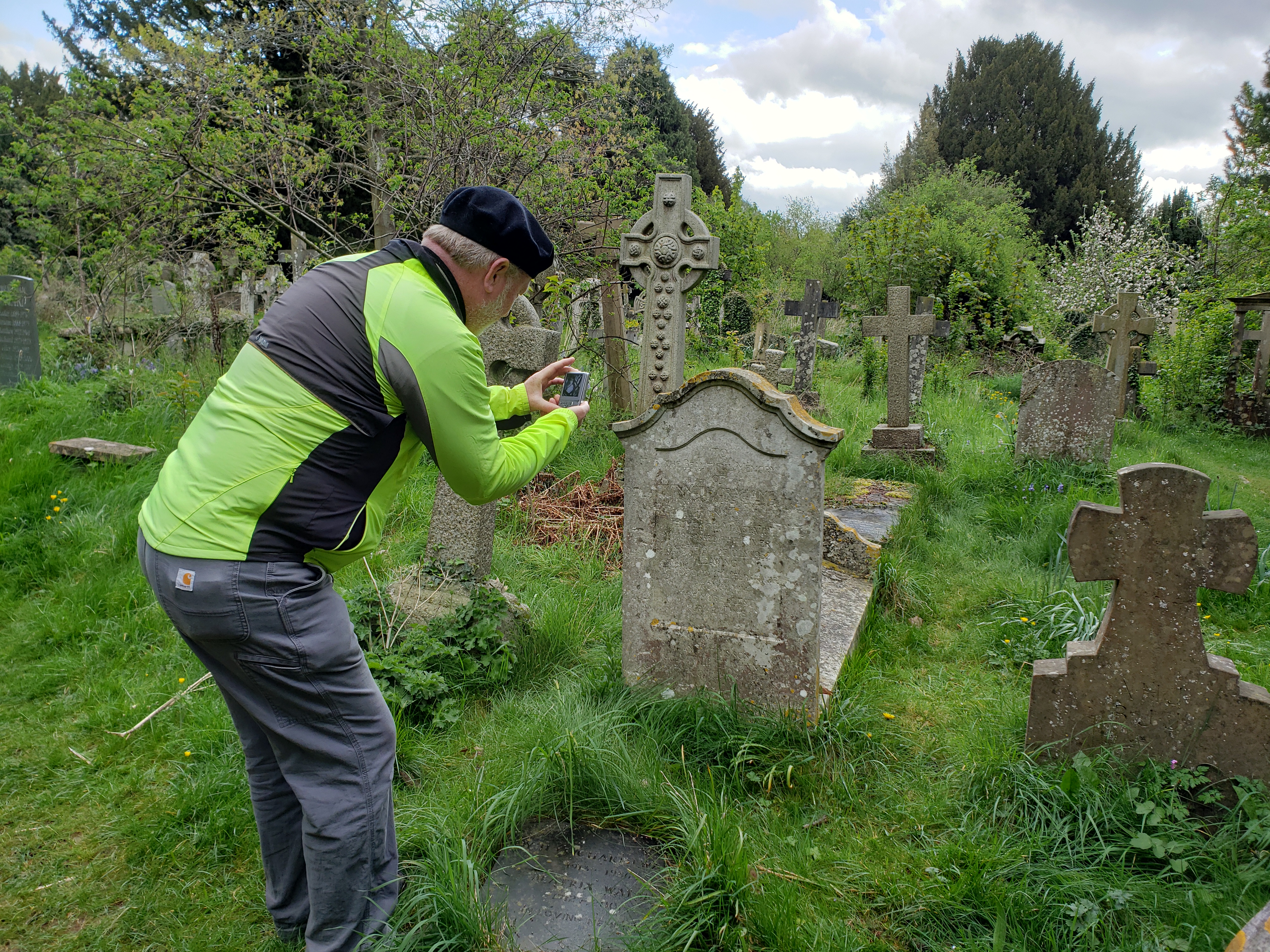





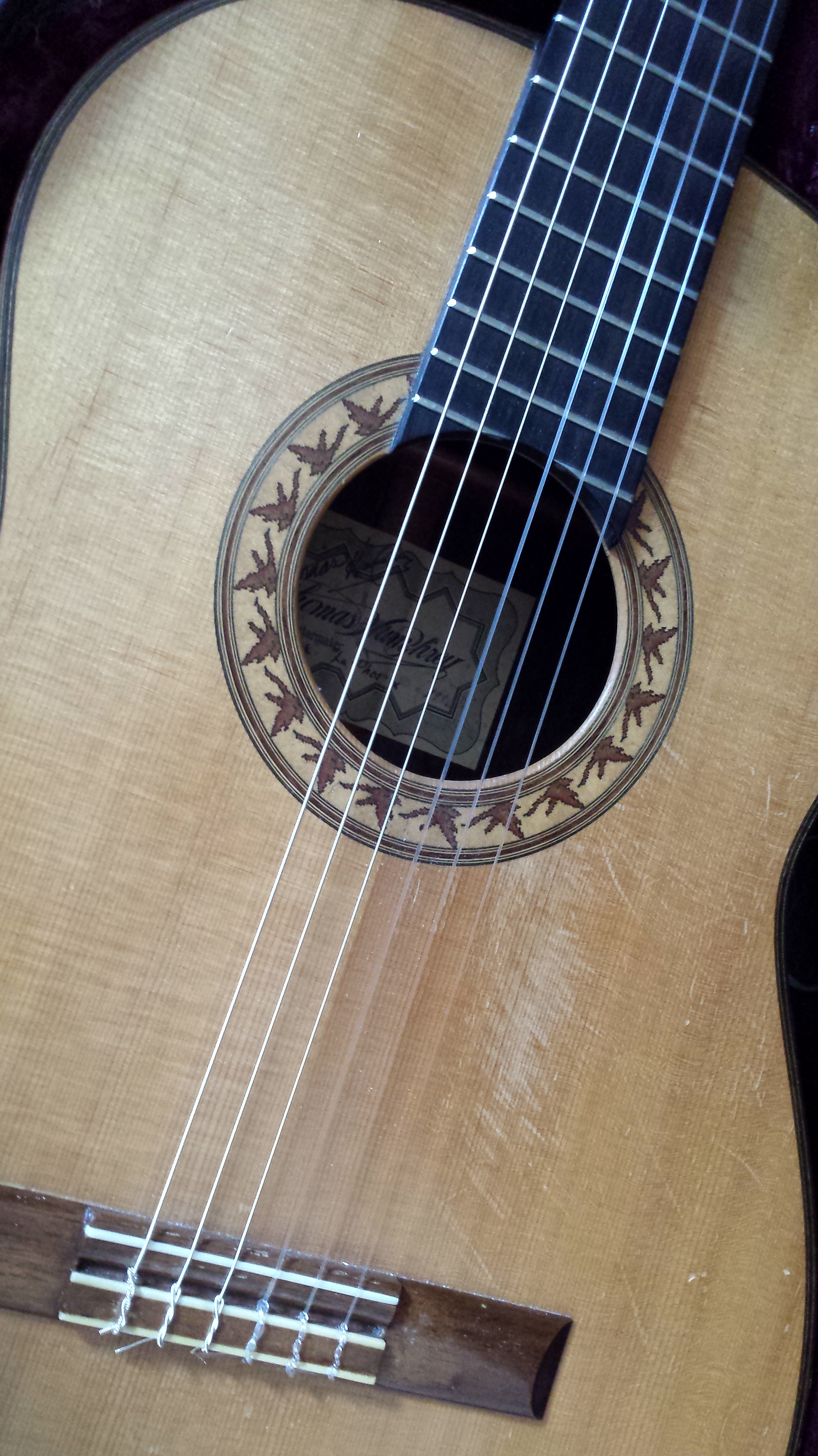 I trained as a musician first. I’ve played classical guitar now for many more years than not. Last night, as we ran our program of duets for two guitars, there were moments in which the music breathed in a new way, our phrasing opened up and became more fluid and dynamic. It was lovely to hear and quite surprising.
I trained as a musician first. I’ve played classical guitar now for many more years than not. Last night, as we ran our program of duets for two guitars, there were moments in which the music breathed in a new way, our phrasing opened up and became more fluid and dynamic. It was lovely to hear and quite surprising.
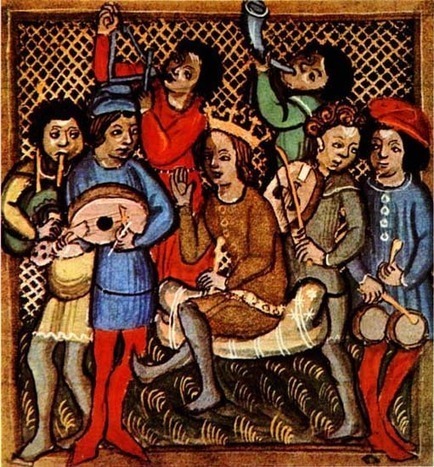 I love that Saturday’s marches are women’s marches, because these two months for me have been all about reconnecting with my amazing women friends, one of whom is on a plane right now to visit. I love that the students in my city are walking out, and I am filled with hope by the young people I know, by their intelligence and their total lack of bullshit. I’m thrilled to think that some of the young people around us are feeling radicalized in a way that I haven’t seen in my lifetime (not even when my middle school friends and I used to protest the Gulf War every Saturday morning of that winter, which now seems so innocent a time, when there was such a thing commonly understood as “the news,” the era of Dan Rather and Peter Jennings, when the teachers could roll the TV cart into the common area at a middle school to track what was happening and there was probably a more or less apolitical choice of network channels). I love that we are learning where we had fallen short of our democratic ideals and that we can aim higher because we get it more now. American democracy has only ever been partial, in both senses of the word.
I love that Saturday’s marches are women’s marches, because these two months for me have been all about reconnecting with my amazing women friends, one of whom is on a plane right now to visit. I love that the students in my city are walking out, and I am filled with hope by the young people I know, by their intelligence and their total lack of bullshit. I’m thrilled to think that some of the young people around us are feeling radicalized in a way that I haven’t seen in my lifetime (not even when my middle school friends and I used to protest the Gulf War every Saturday morning of that winter, which now seems so innocent a time, when there was such a thing commonly understood as “the news,” the era of Dan Rather and Peter Jennings, when the teachers could roll the TV cart into the common area at a middle school to track what was happening and there was probably a more or less apolitical choice of network channels). I love that we are learning where we had fallen short of our democratic ideals and that we can aim higher because we get it more now. American democracy has only ever been partial, in both senses of the word.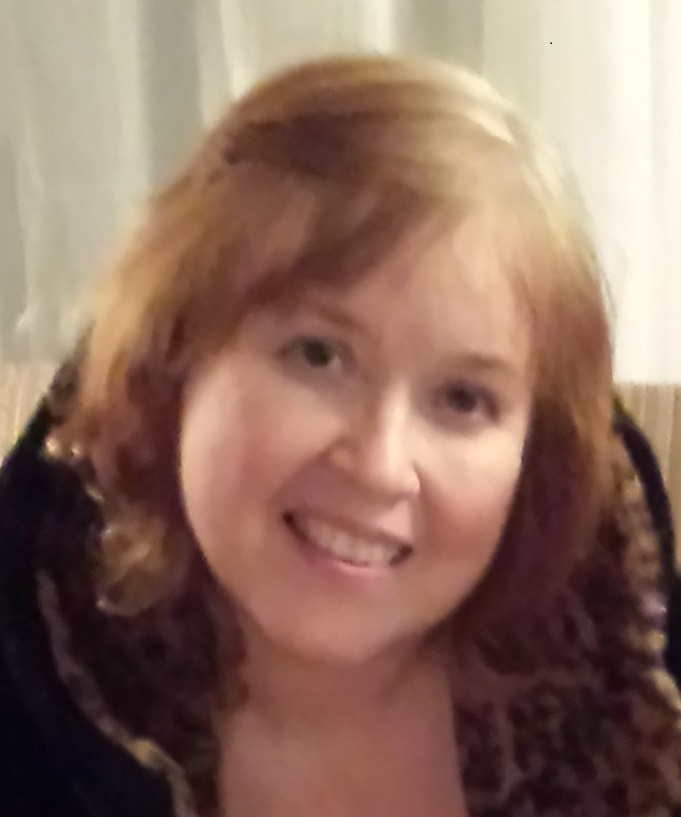 for me to write. My dear friend Susan Tara Brown Talley died at age 55 on December 8, 2016. Susan and I met at Whitworth College in Spokane, Washington where we presented our culminating undergraduate recitals together. She played flute at our wedding a year later. Just three years ago, I attended Susan’s wedding. Her marriage to her lifelong love, Mark Talley, filled her with deep joy. Her death leaves those she loved with a great sense of loss. It has also silenced the voice of an accomplished soprano, flutist, pianist, and musicologist.
for me to write. My dear friend Susan Tara Brown Talley died at age 55 on December 8, 2016. Susan and I met at Whitworth College in Spokane, Washington where we presented our culminating undergraduate recitals together. She played flute at our wedding a year later. Just three years ago, I attended Susan’s wedding. Her marriage to her lifelong love, Mark Talley, filled her with deep joy. Her death leaves those she loved with a great sense of loss. It has also silenced the voice of an accomplished soprano, flutist, pianist, and musicologist.